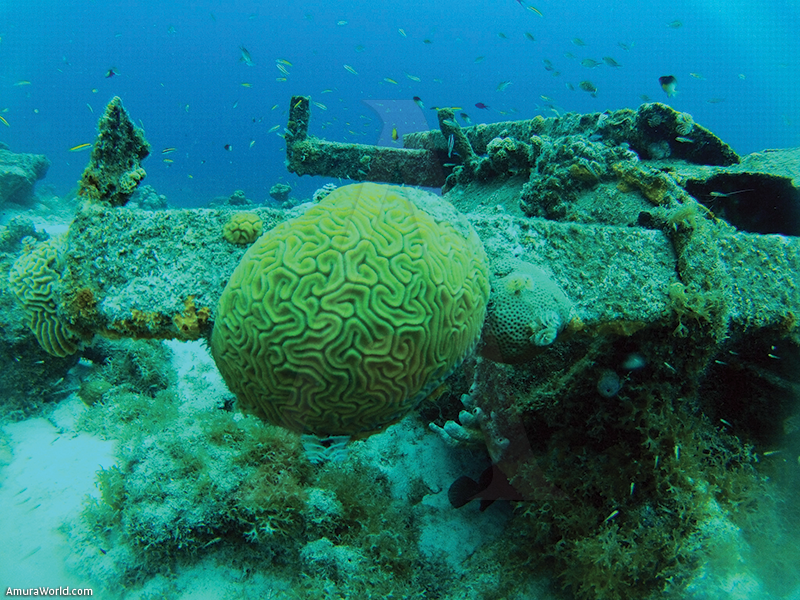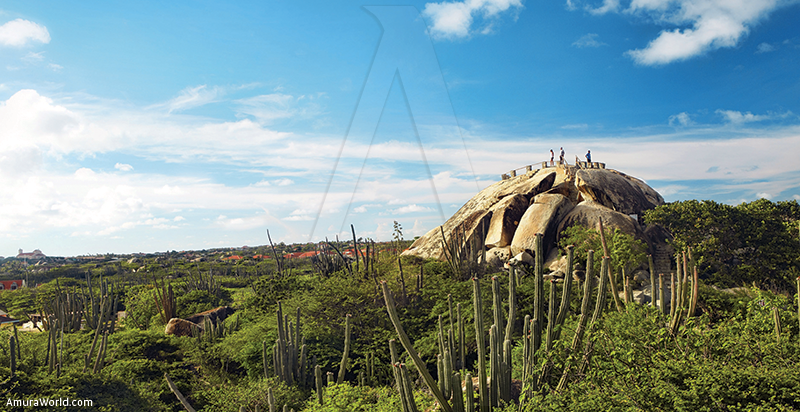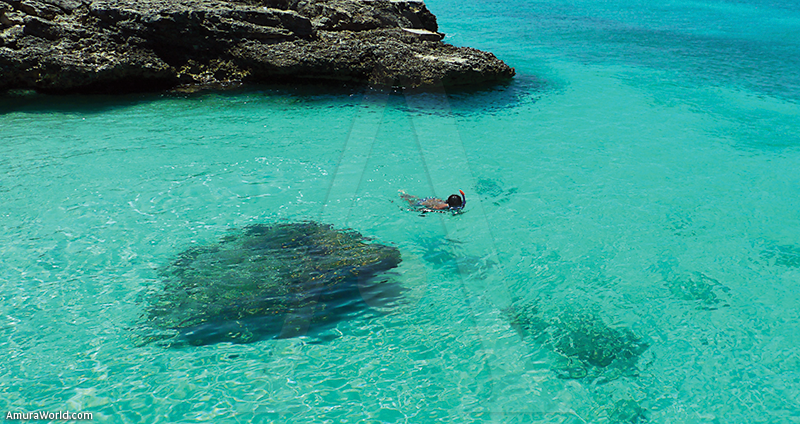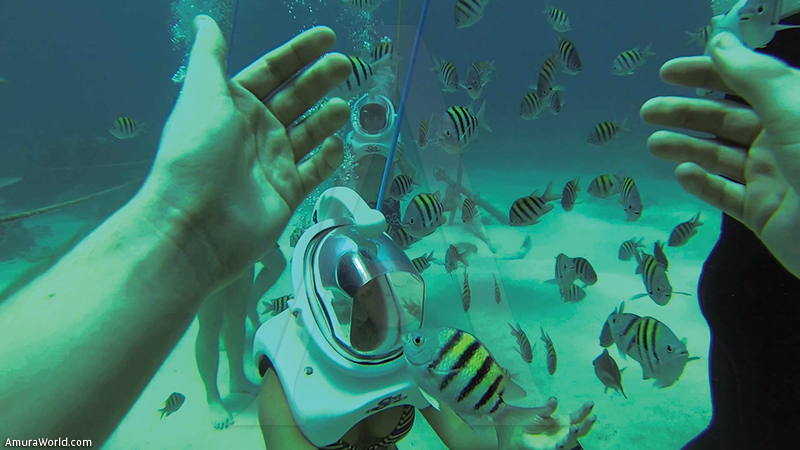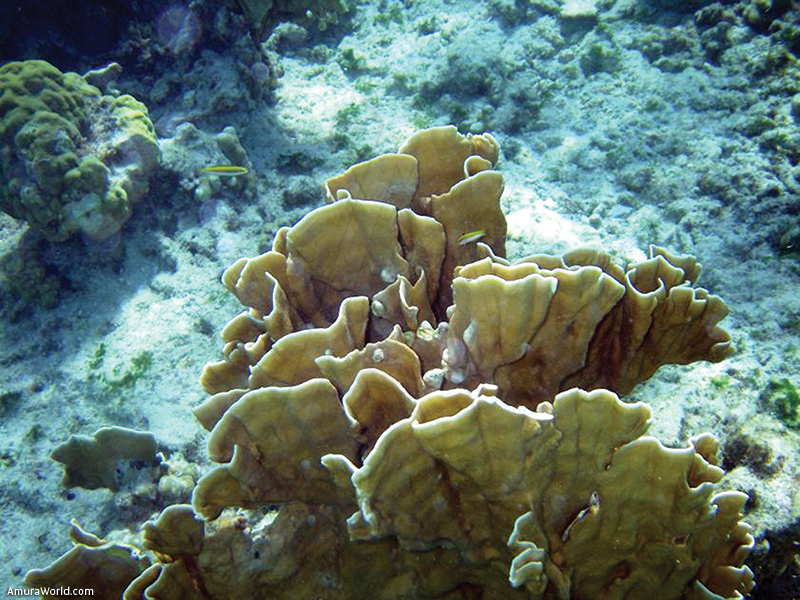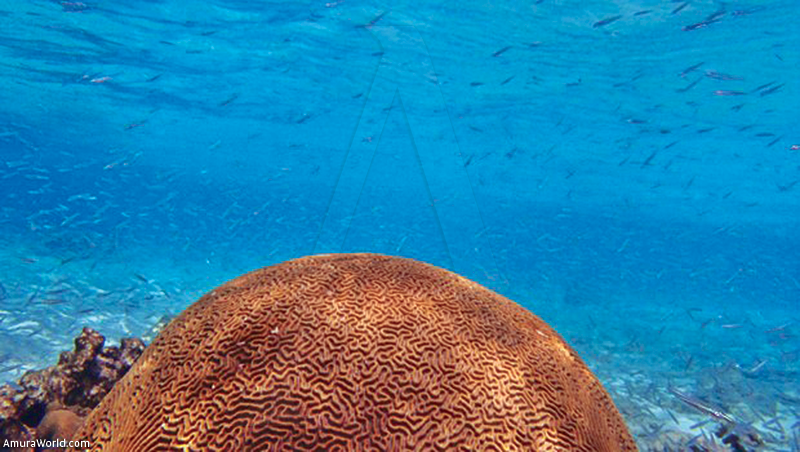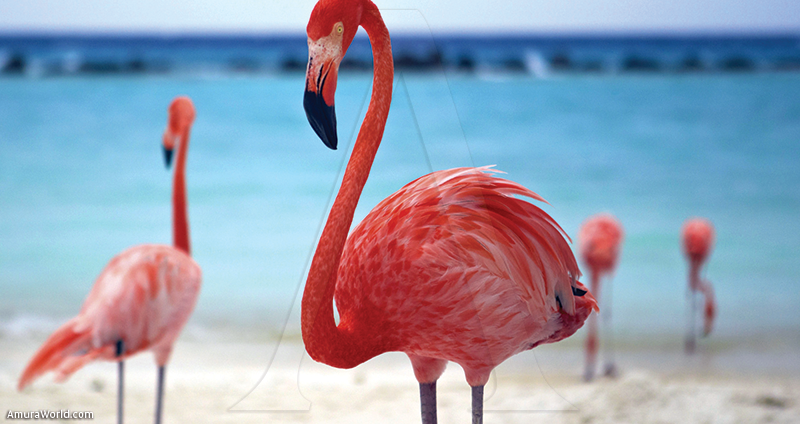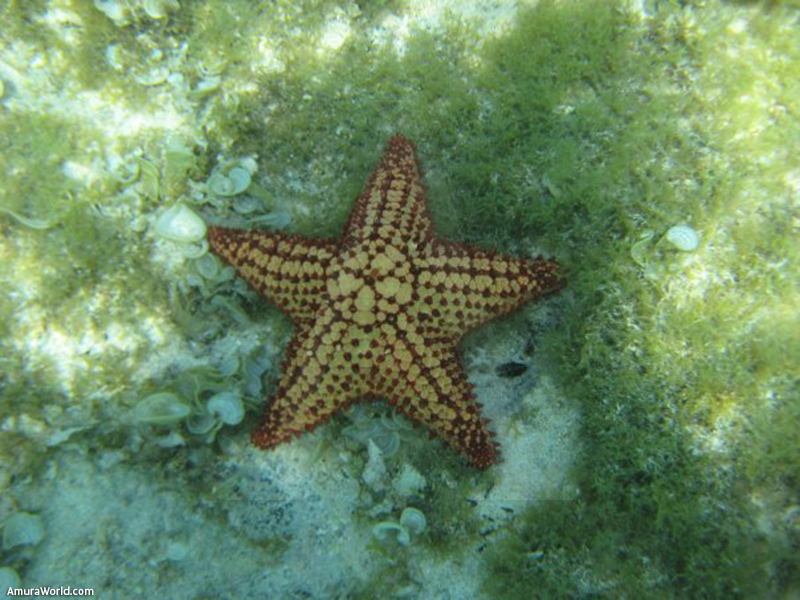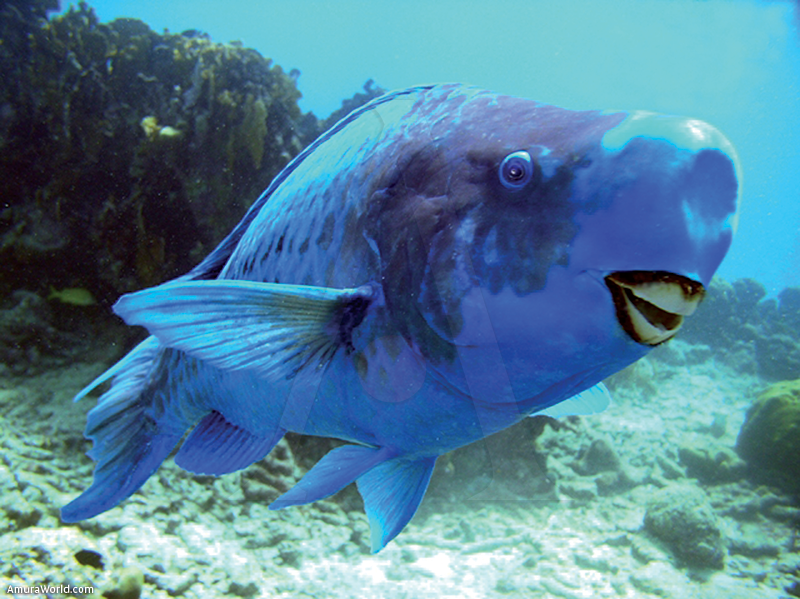Aruba is located in the heart of the southern Caribbean, at about a two and half hour flight from Miami, and 24 miles north of Venezuela. The “Happy Island” is 31.5 km long and 10 km wide, out of the path of hurricanes and its topography and vegetation are tropical. It has miles of white sandy beaches and clear waters where you can see 30 meters from the surface. Its interior is desert with a wide range of cactus variety and stunning rock formations. But above all it is one of the most diverse dive sites in the Caribbean.
It was the year 1000 BC, Caiquetios the Arawak tribe inhabited the island after their escape from the continuing struggles with the Caribbean Indians. Alfonso de Ojeda landed in 1499 and described the Caiquetios like giants. The Caiquetios were enslaved and sold by the Spanish to the Spanish island (Dominican Republic) to work in the copper mines; they believed the island to be unnecessary. In 1634 European settlers were devoted to raising horses. At the end of the War of the eight years, in 1636, the Dutch took possession of Aruba. In 1824 gold was discovered in Bushiribana, giving place to the extraction of about three million pounds of gold in 1913. Aloe Vera cultivation became very important and in 1951 Aruba produced 30% of the world’s Aloe.
In the early twentieth century black gold attracted oil. Today, the island split from the Antilles in 1986 but still remains as part of the actual Netherlands and lives on tourism, which accounts for 65% of GDP. Much of the tourism which arrives to Aruba searches for one of the world’s best destinations for wreck diving.
Snorkeling, diving or sea treck
The visibility of these waters is such that one can dive hours just scrolling through the surface with a tube, goggles and flippers. They may discover incredible coral formations and even shipwrecks visible within 30 m. deep. But another original form of diving is the “Snuba” (snorkeling & scuba), consisting of placing some air tanks floating on a raft with 7 m hoses which provide oxygen to those who dive under the surface. The “sea trek” is an alternative diving in Aruba, consisting of walking up to 6 m deep with a helmet guided by an expert. One way suitable for those who cannot dive but do not want to miss the wonders of these depths: parrot fish, tube sponges, corals and wrecks of all kinds. Many dive sites are only between 10 and 20 m deep with a visibility of 30 m, which reaches to remain constant even at depths of 90 m.
Most of the dive sites are protected along the west and south coasts of the island, within walking distance of the hotels in Palm Beach. Rays, moray eels, mantas, barracuda and tuna will be waiting in the water.
A shallow depth
The island is surrounded by a long shallow sandy plateau so it is advisable to use the boat to access the reefs surrounding the coastline and the many wrecks that are resting between them. These include the remains of the German freighter Antilla shipwreck. Locally known as the “ghost ship” which rests against a 18 m deep structure populated by a diversity of organisms: huge tube sponges, coral formations, lobsters, yellow tail and angelfish. It’s a wreck that lends itself to do some night dive by the shallowness and lacks of currents. The Pedernales, 10 m deep, is a tanker torpedoed by the Germans, and large debris scattered among the coral formations is heaven for beginner divers who will enjoy with parrotfish, snappers, and shoals of silver fish. Something similar happens in the Bay reef, with depths ranging between 10 and 25 m where the inexperienced diver may enjoy brain corals as well as black, orange and blue sponges. The same applies to the Arashi Reef at depths of 10-12 m and abundant brain coral, star fish, large corals and beautiful parrot or angel fish.
The Sonesta Island Reef, on the south coast, has a sandy bottom covered by lots of brain coral. Close to it are remains of two sunken airplanes. The flagship is the Sonesta Airplane, seized by the government for smuggling drugs and sunk on a background of 25 m through the efforts of several diving centers. Another sight is the Tugboat wreck at depths of between 12 and 30 m, falling gradually as brain coral formations, star and branches. It’s an old tugboat that harbors many eels and rays. Other remains surrounded by corals are the Jane Sea Wreck of 65 m in length located between 10 and 25 m of depth. The California, 15 m, is covered in coral reef, but it is only recommended to visit if you have some experience given the currents and tides of the area. In Malmok reef you can find a coral upholstered path, through which rays float and lobsters inhabit. Cantil is a reef with a steep drop where we find large groups of mantas, moray eels and reef fish. The Reef Baby Beach is a good choice for beach diving where we can see coral, octopus, lobsters and crabs. The Reef Lake is one of the most profound of the island (-38 m) in which we find gorgonians, sponges, anemones and many large fish.
Text: Oficina de turismo de Aruba y buceo 21 ± Photo: Oficina de turismo de Aruba / Bonaire / iStock / Cruises

